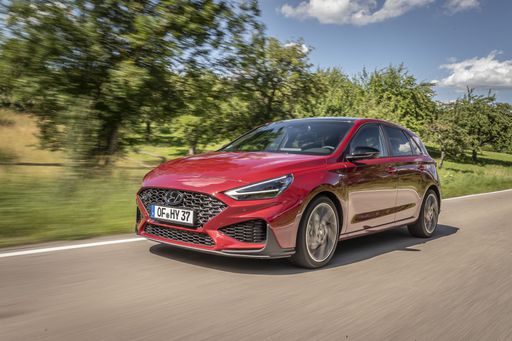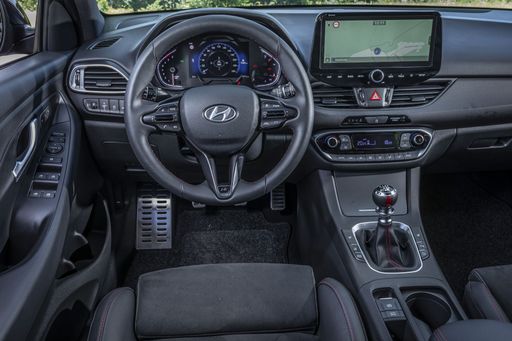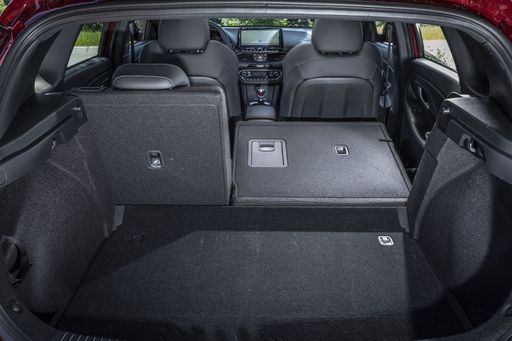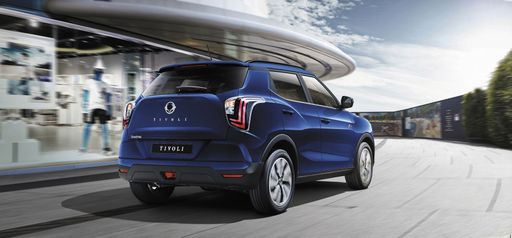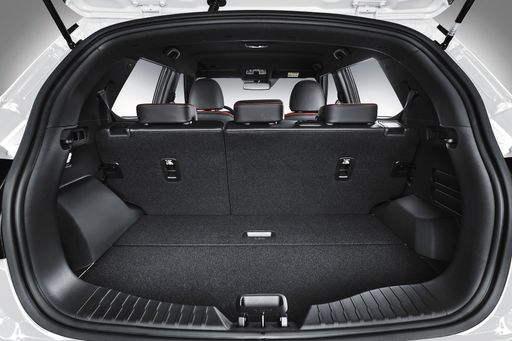Hyundai i30 vs SsangYong Tivoli: A Comprehensive Comparison
In the rapidly evolving automotive market, consumers often face the challenge of choosing between a variety of models that promise to deliver style, performance, and reliability. In this article, we’ll delve into the details of two popular contenders: the Hyundai i30 and the SsangYong Tivoli. Each car has its strengths and weaknesses, and understanding these can help potential buyers make an informed decision.


